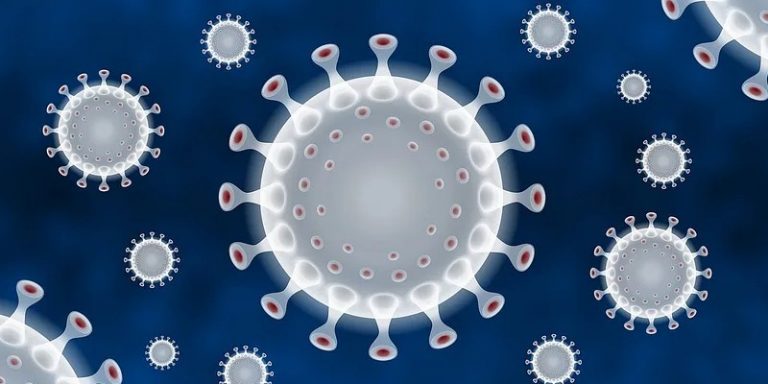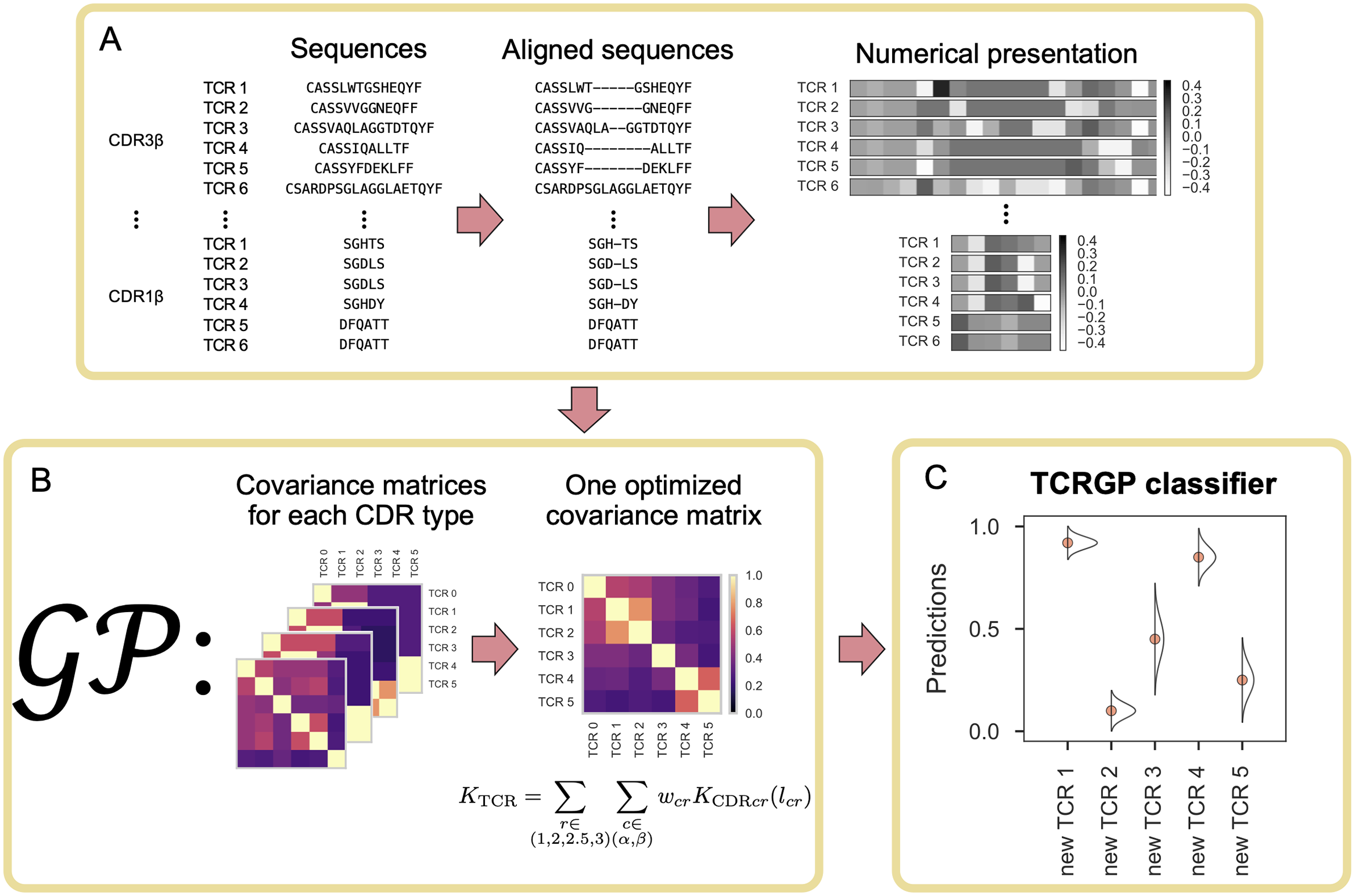
Researchers at Aalto University and the University of Helsinki, Finland, have developed a new AI model that can link immune cells to the targets they wish to attack. The system can therefore determine which white blood cells recognize a virus like COVID-19. According to the researchers, the new model will provide a better understanding of the immune system in the context of infections, autoimmune diseases or cancer.
A solution to better understand how lymphocytes work
The human immune system includes two types of white blood cells: B lymphocytes, which are responsible for producing antibodies, and T lymphocytes, which carry out phagocytosis to destroy infectious bodies. In order to identify their targets, T cells rely on a key and a locking principle. The key is located on the T cell receptor while the lock is located on the protein on the surface of an infected cell.
Researchers want to map the targets of T cells, but traditional laboratory techniques are tedious because a single individual has a massive amount of potential targets. To make it easier for scientists in the lab, Emmi Jokinen, Jani Huuhtanen, Satu Mustjoki, Markus Heinonen and Harri Lähdesmäki began research to design a suitable AI model. They published a paper in March explaining their approach.
Artificial intelligence to map white blood cell targets
To develop TCRGP, a Gaussian process model, the researchers studied the different key/lock pairs previously compiled by scientists in the lab and used them to train the model. This allowed them to develop an AI system capable of predicting targets for previously unmapped T cells. TCRGP uses the amino acid sequences of proteins located on infected cells to recognize whether or not the lock is known by the T cell key.
The study gives an overview of the method used by a white blood cell to successfully identify locks with different parts of its key. The diagram below shows the three main steps of the method proposed by the research team. The one to digitize the data (A), the one using the Gaussian process (B), and the one where TCRGP classifies the T cell receptors (C) :

Among the viruses studied were hepatitis B, influenza A and COVID-19. The research team also studied the role of the defence system in the development of various autoimmune diseases. According to the researchers, with this new tool, scientists will be able to make better use of patient data already known to doctors, and will be able to understand them better.
Another advantage of the model is that it saves laboratory scientists time and resources used in traditional experimental techniques to identify the preferred targets of T cells.
Translated from Un modèle de machine learning permet de mieux comprendre le fonctionnement des lymphocytes









